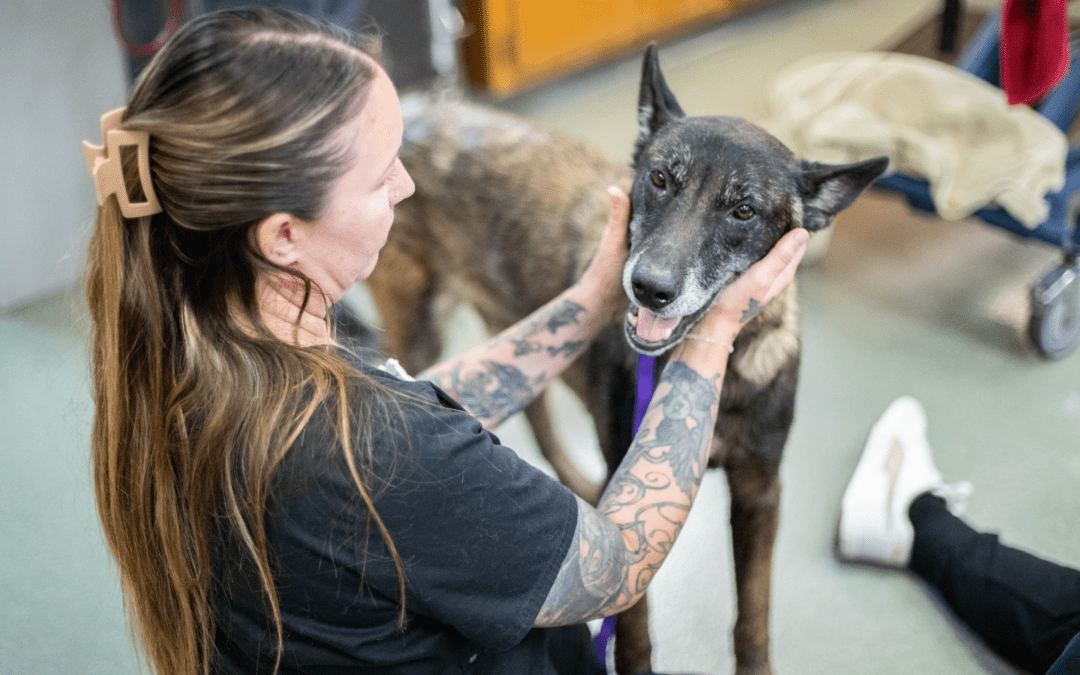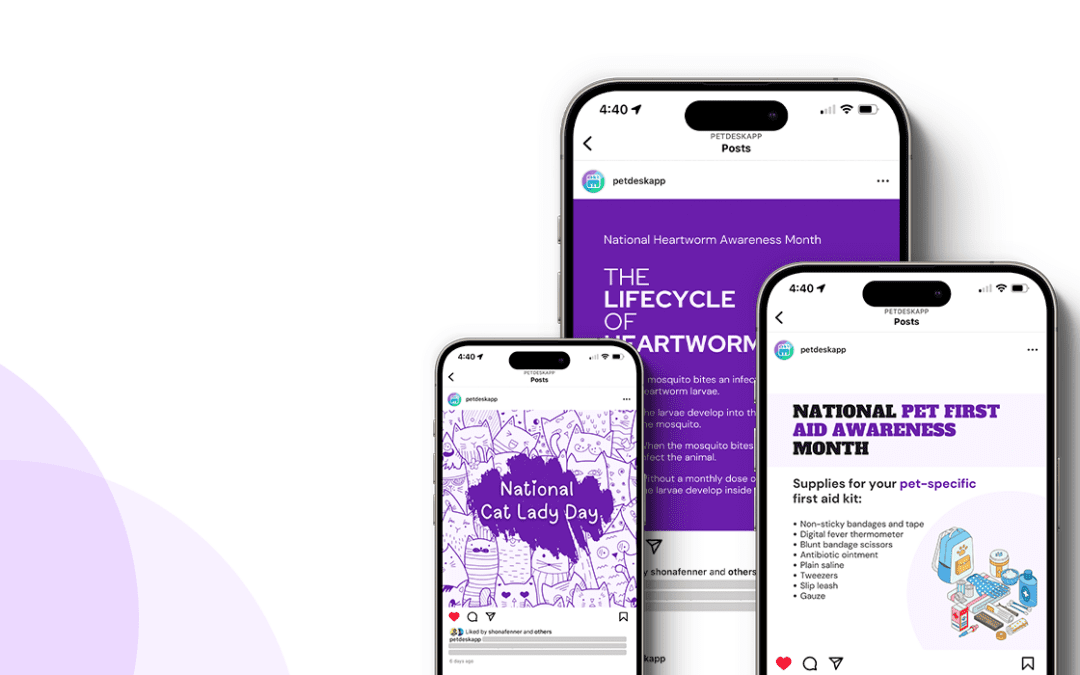Many of our most loving four-legged friends come from animal shelters. According to a report from Simply Insurance1, nearly 4 million cats and dogs are adopted from U.S. shelters each year. With so many pets making their way into forever homes, pet parents are tasked with finding the right veterinarian to care for their new family member.
So, how can you make sure you’re at the top of their list while also giving back to your community? Become a friend to your local animal shelter!
Starting a partnership for your veterinary practice
Assisting your local shelter is a great way to establish a relationship. In exchange for your services and expertise, the shelter could refer new pet parents to your practice. Creating care plans and performing services on adoptees establishes you as their caregiver, making your practice the top choice for continued care. Who better to treat the newest addition than the veterinary professional who has been there since the beginning?
With 6.5 million animals entering shelters each year in the United States, there will always be a cat or dog looking for a forever home. Becoming a recommended veterinarian at your local shelter allows you to make the most of this continuous source of new patients.
Partnering with a shelter does more than just make you feel good—it’ll make you look good, too! This partnership is a great way to show the community that you care while also giving your clinic a signal boost. Not to mention that establishing a connection with future pet parents from the beginning of the adoption process is a sure-fire way to build trust and generate long-term business.
Not only are you a big help to your local shelter, but your shelter can also become a great resource when faced with challenging moments like pet abandonment and surrender. They can also be your recommendation to clients looking to bring home a new family member.
See what PetDesk makes possible
Our solutions are designed to tackle your clinic’s specific challenges.
Set up time with a PetDesk expert to see for yourself!
You’ve partnered up! What’s next?
Now that you’ve established an all-star team featuring your veterinary clinic and the local shelter, it’s time to spread the word—and PetDesk can help!
Here are three ways PetDesk can increase the impact of your new partnership:
- Let us add a page to your custom veterinary website detailing your clinic’s collaboration. We’ll even help you keep it up to date with adoption news, events, and success stories! Already have a stunning PetDesk website? Let’s continue making your site work for you by building a page detailing your shelter partnership through blog posts, photo galleries, and interviews with pet parents.
- Get social! Help expand your shelter’s reach by posting photos of available adoptees on your social media platforms. After all, who doesn’t love seeing pictures of furry friends on their feed? Not only can you help facilitate an adoption, but you’ll also have the opportunity to showcase the transformation of your new patient from adoptee to family member.
- Boost your partnership. Let PetDesk Marketing create a marketing plan to show off your new collaboration! We can help you develop a marketing strategy to get the most out of your partnership. We’ll assist in highlighting the good stuff (hint: it’s all good stuff) by making full use of your online presence.
The team at the shelter will be pleased that your marketing team (provided by PetDesk!) is creating the necessary landing pages and graphics to showcase the new partnership.
Reaching out to your local shelter is a great way to make a positive impact on the community while also giving your business a boost. From community engagement to getting you more business, PetDesk is here to help you make the most out of your new partnerships.
Set up your free demo with a PetDesk expert today so you can see firsthand how we can turn your practice—along with your partnerships—into a high-powered machine!
¹ Simply Insurance. “How Many Pets Are In The World & The US? 71+ Pet Stats (Sep 2024).” SimplyInsurance.com/pet-statistics
See the power of PetDesk for yourself—for free
Save time and grow your business with custom websites and digital marketing, 24/7 error-free booking, a PIMS-VoIP phone system, plus a client engagement platform with a mobile app.






